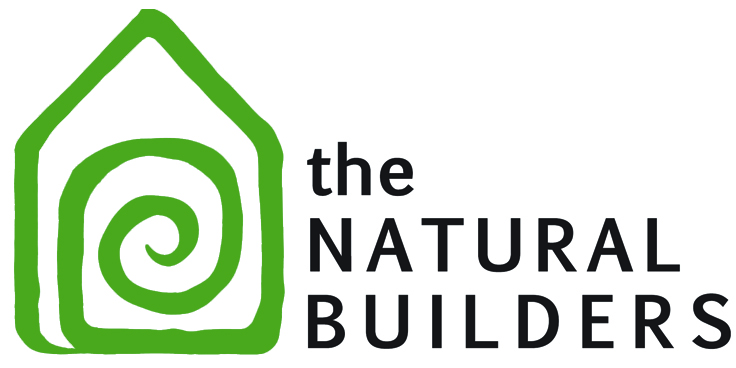A project of the World Monuments Fund the this document outlines the findings of extensive field research on the historic Ginger bread architecture of the region. Of the approximately 300,000 buildings in Haiti that were damaged during the January 2010 earthquake, the country’s historic gingerbread houses endured the disaster relatively well. In fact, researchers estimate than only 5 percent of these beloved buildings partially or fully collapsed.
This project, and WMF’s contributions to it, were made possible through the coordinated efforts of several institutions, including:
Fondation Connaissance et Liberté (FOKAL)
Prince Claus Fund (PCF)
L’ Institut de Sauvegarde du Patrimoine National (ISPAN) International Council of Monuments and Sites (ICOMOS)
Haitian Education and Leadership Program (HELP)
Pictometry International Corporation and the GIS Corps
of the Urban and Regional Information Systems Association (URISA)
In order to truly understand the impact of any development project, one must look deeper than the structures themselves. In compiling this report, there were been glimpses into the challenges of the organizations and individuals who helped this project come into being, from the aid groups to the community members they serve.
This document attempts to study multiple perspectives on the process of the formation of the initial settlement now known as Kutapalong Refugee Camp. It includes in-depth structural analysis and key informant contributions.
The Project was commissioned by Alight (FKA American Refugee Committee)
At the request of IOM Hyphae has produced this document to provide guidance on water analysis, water treatment, process development and process optimization for the IOM bamboo treatment facility. Water analysis methods for testing orthoborate concentrations and leached organics concentrations are presented that are suitable for facilities with limited resources. The results of testing multiple water treatment methods including coagulation, oxidation, and adsorption are also presented. In summary, the oxidation and adsorption methods seem most likely to yield economical processes at scale, but more testing and techno-economic modeling is necessary in order to make a final determination of the best approach.
This document is the standard operational procedure document for IOM’s Bamboo Treatment Facility located in Cox’s Bazar, Bangladesh. It is based on the processes established through two years of planning,
Due to the prolonged nature of displacement, shelter durability within the camps is a major concern among refugees and international aid organizations. Of key concern is the strength of the organizations’ primary building material – bamboo. With current climate and camp conditions, the estimated average lifespan of untreated bamboo used for shelter is 0 to 20 months, with maintenance and repairs necessary to prepare for monsoon and cyclone seasons. This limited lifespan is especially concerning, as the crisis is now in its 25th month.
Over 24 million sticks of bamboo have been used by humanitarian agencies during the Rohingya Response in Cox’s Bazar. The demands of an urgent humanitarian crisis at the peak of response and monsoon preparedness initiatives led to poor usage of bamboo with low quality and durability. Exacerbating this, structures have been constructed using untreated bamboo and poles in direct contact with the ground, creating perfect conditions for pests and rot. Extensive pest damage can already be seen throughout the camps, particularly in poles harvested while still immature or during the monsoon season (which are particularly attractive to pests).
While the total national supply of bamboo can be managed over time, demand constantly remains high and solutions to both decrease bamboo deforestation and improve shelter conditions for Rohingya individuals are paramount to the sustainability of the interventions and total response.
